Portraiture has long been one of the most powerful ways to explore human identity. From the earliest days of history, artists have used portraits to capture not only the physical likeness of a subject but also their character, status, and essence. Over time, portraiture has evolved, pushing boundaries and reflecting society’s changing values. In contemporary art, portraiture is more diverse than ever, blending traditional techniques with modern interpretations to capture the complexities of identity today. Contemporary artists are reinventing the genre to explore the human experience in new ways.
A Brief History of Portraiture
Ancient Beginnings
Portraiture dates back to the earliest civilizations, where it served as a tool to communicate power and immortality. In ancient Egypt, portraits of pharaohs were carved into stone to immortalize their rule and divine status. These depictions reflected more about the subject’s role than their individuality. Similarly, in ancient Greece and Rome, portraiture was used to glorify leaders. The Romans, in particular, were known for their realistic busts, which were not only used to show off a ruler’s likeness but to cement their legacy.
The Renaissance
The Renaissance was a turning point for portrait art. Humanism, which emphasized the importance of the individual, became a major influence. Artists like Leonardo da Vinci shifted the focus from pure status symbols to more personal and psychological representations. Da Vinci’s Mona Lisa is a famous example, where the subject’s expression reveals layers of personality beneath the surface. Artists from this period used symbolism, body language, and detailed backgrounds to convey the subject’s character and social standing.
Baroque and Rococo
In the 17th and 18th centuries, portraiture became more elaborate, especially in the Baroque and Rococo periods. Artists like Diego Velázquez created portraits that were dramatic and expressive. Velázquez’s Las Meninas gave viewers a glimpse into the royal court, adding layers of complexity in how subjects were depicted. Other artists used rich colors and dramatic lighting to highlight the grandeur of their subjects. During the Rococo period, artists painted light, decorative portraits that emphasized the luxurious lifestyles of the aristocracy.
The 19th Century
In the 19th century, portraiture evolved in response to social changes and new technologies like photography. Realism aimed to depict people with authenticity, often focusing on the working class instead of royalty or nobility. Portraits became a way to tell stories about everyday life. At the same time, the rise of photography allowed for more accurate likenesses, pushing painters to explore more expressive and abstract forms.
The Impressionists, such as Claude Monet and Edgar Degas, distanced themselves from traditional portraiture by focusing on light, color, and emotion rather than strict realism. Their works were often less about capturing a sitter’s exact appearance and more about conveying their presence or mood.
20th Century Modernism
In the 20th century, artists began to question traditional representations of identity. Movements like Cubism and Surrealism brought new ways of depicting the human figure. Pablo Picasso fragmented the face into geometric shapes, showing different angles and emotional states at once. This approach reflected the modern world’s fractured sense of self, moving away from the idea that a portrait had to capture a singular identity.
Surrealists like Salvador Dalí took this exploration further, using dreamlike imagery to express deeper psychological truths. Portraits became less about outer appearances and more about the mind’s inner workings, showing how identity could be fluid and multifaceted.
Contemporary Interpretations of Portraiture
Contemporary portraiture focuses on more than just capturing someone’s physical appearance. It reflects the complexities of identity in today’s world, influenced by culture, society, and technology. Artists use various mediums, from traditional painting to digital tools, to explore issues like race, gender, and individuality. Rather than sticking to strict realism, many artists experiment with both realistic and abstract approaches to show emotional and psychological aspects of their subjects. Contemporary portraiture invites viewers to think about identity in new ways, highlighting its diverse and changing nature.
Featured Portraits from the Zatista Collection
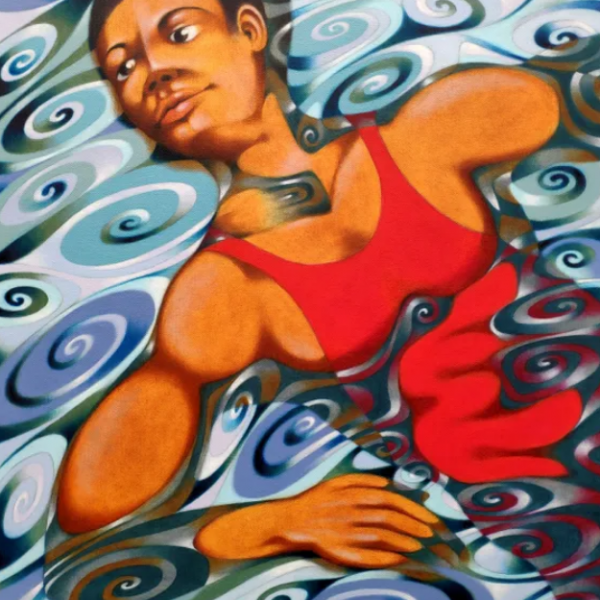
Serendipity by Federico Cortese
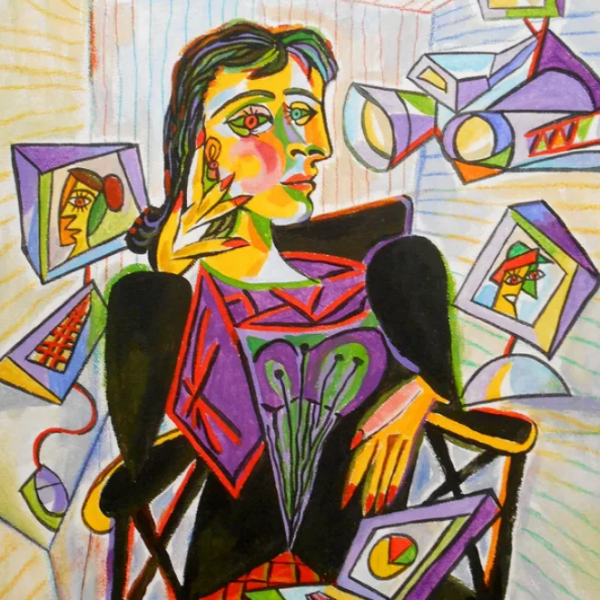
PICASSO AND NEW TECH GADGETS by Leon Zernitsky
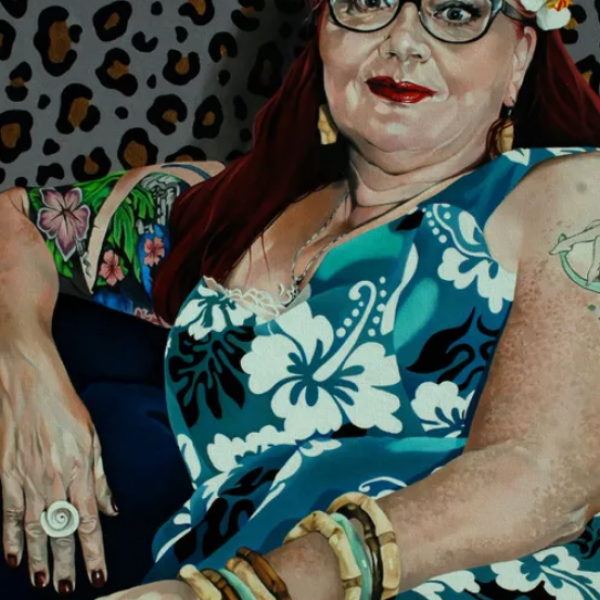
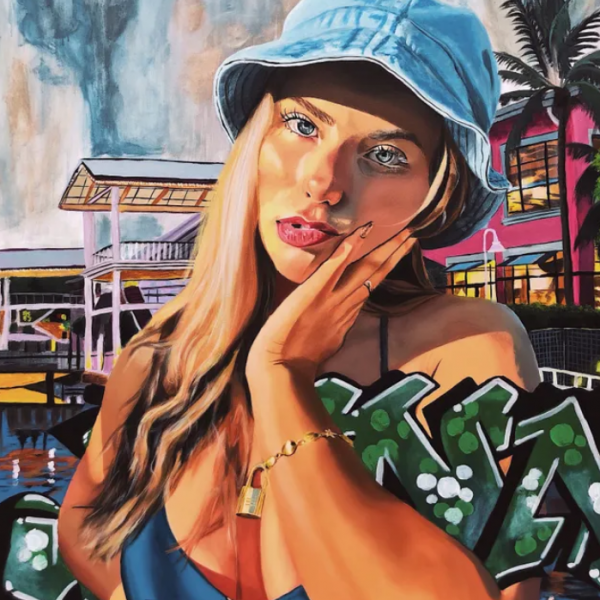
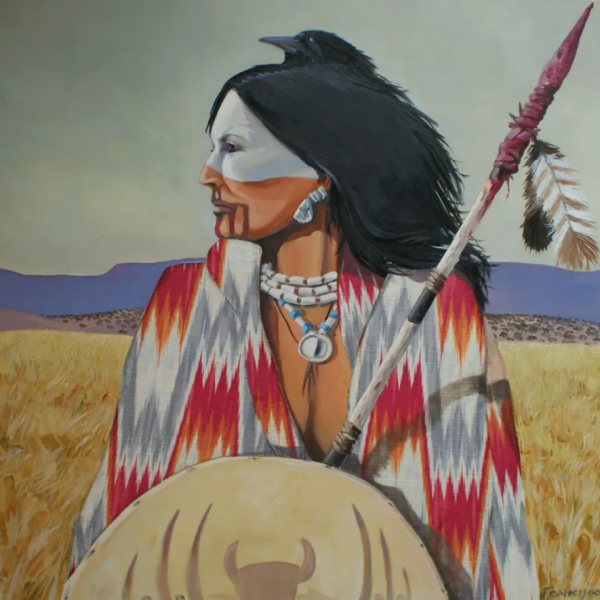
After The Hunt by Ridgely Francisco
Shop Contemporary Portrait Art on Zatista
Zatista is home to a curated selection of original portrait artwork from talented artists around the globe. With a wide range of styles and mediums, shopping on Zatista makes it easy to find a portrait that resonates with your personal taste and space. Browse our collection of original portrait artwork to choose the perfect piece.


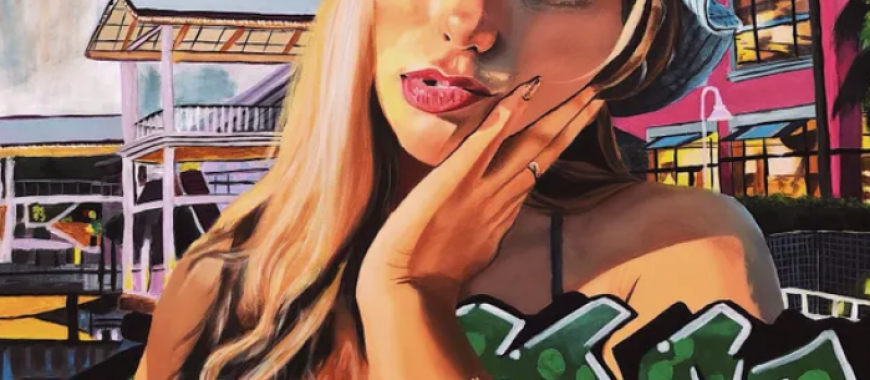
Comments (0)